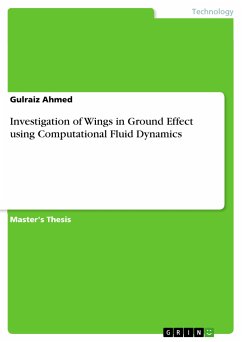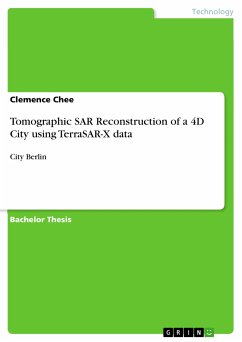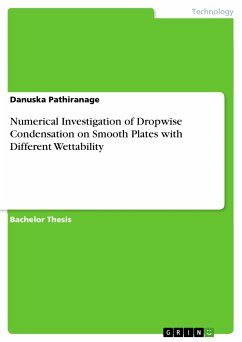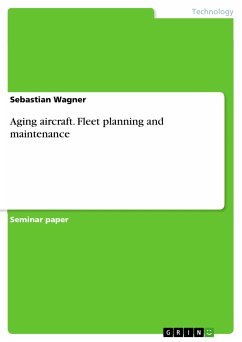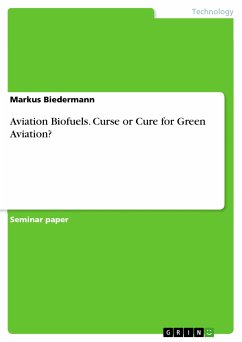Master's Thesis from the year 2008 in the subject Engineering - Aerospace Technology, grade: A, University of Southampton, course: Computational Aerodynamics, language: English, abstract: Wing-in-ground effect (WIG) vehicles offer an exciting capability to fill the enormous void between speed of an aircraft and the payload capacity of a ship. WIG vehicles would be able to move cargo and passengers faster than a ship and more economical than an aircraft. Ground effect is a phenomenon that occurs on all wings flying close to the ground or a surface. The aim of this project is to investigate the behavior of wings (NACA/DHMTU series) in ground effect (on a fixed/variable terrain) using Fluent CFD package. The NACA 0012 and DHMTU series used in this project are designed specifically to fly in close proximity to the ground. The performance of the NACA/ DHMTU airfoils is examined for the lift and the drag coefficients at different altitudes with varying angle of attack. The results are compared to experimental data that is available to assess the accuracy of the CFD simulation.
